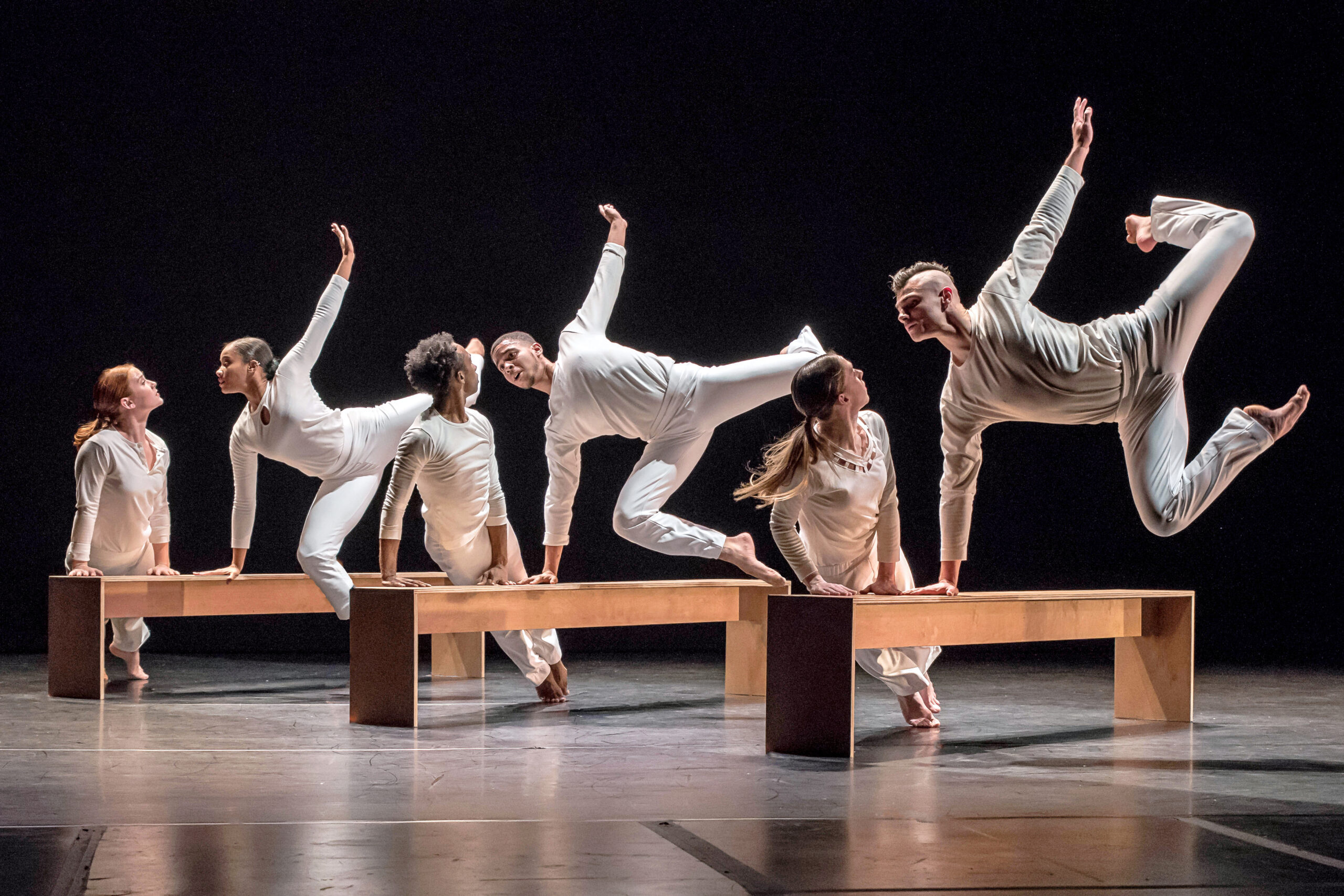The American College Dance Association Celebrates 50 Years by Reflecting on Its Past and Looking to the Future
In March of 1973, the University of Pittsburgh opened its campus to more than 500 college dancers from New York, Pennsylvania, West Virginia and Ohio. These students came to take master classes, attend workshops and perform for their peers. The event, spearheaded by a group of college and university dance educators, was a success—and the American College Dance Festival Association (now the American College Dance Association) was born.
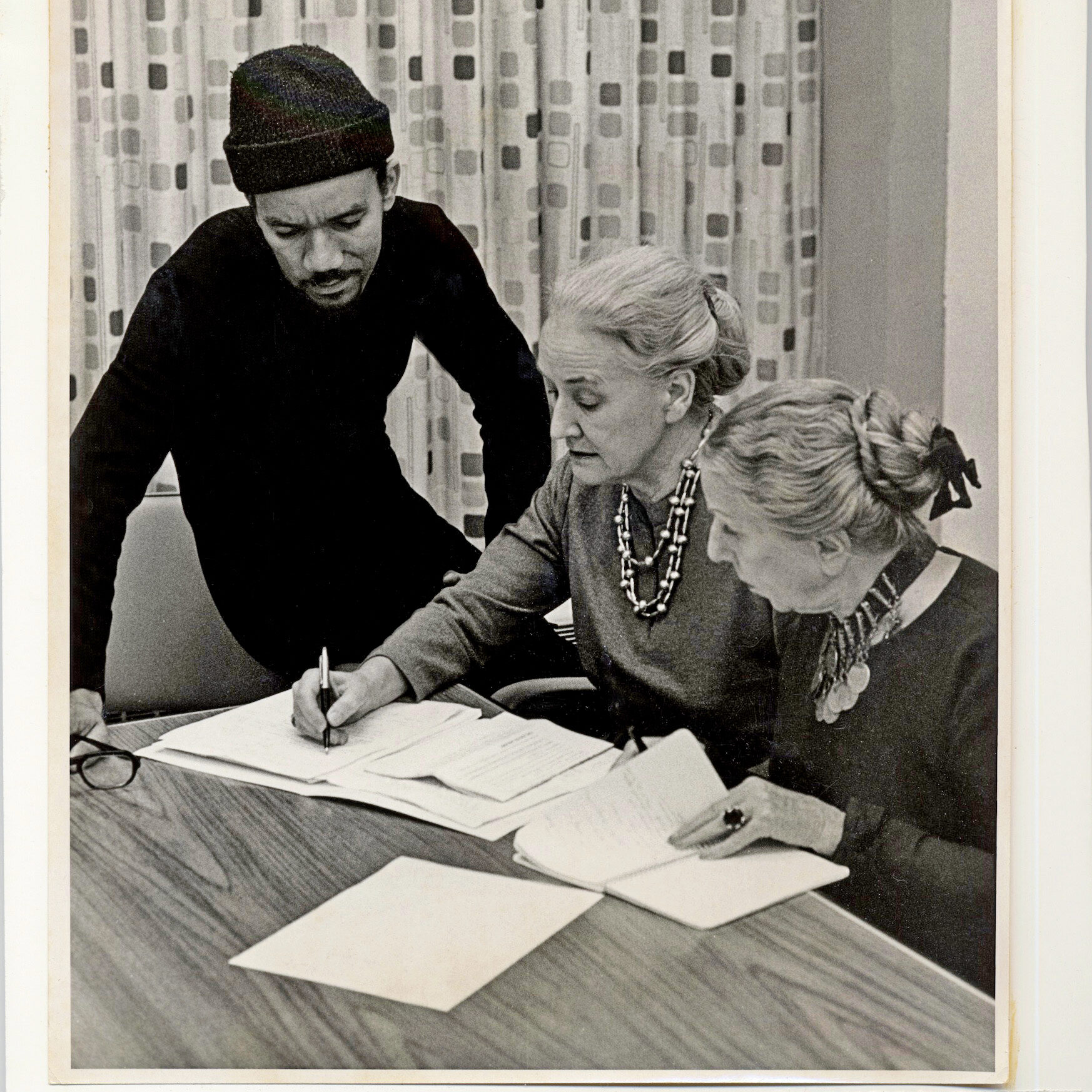
Courtesy ACDA.
Since that first gathering, the organization has grown to encompass 13 geographical regions, each able to offer a spring conference that can host 300 to 500 dancers. Every other year, there’s also a national festival (first held in 1981) that highlights the “best of the best”: exceptional dances selected via adjudication from the regional events. More than 300 colleges and universities participate in ACDA conferences annually. Over the past five decades, ACDA’s conferences have welcomed more than 150,000 students, many of whom have gone on to enter the professional dance world as performers, choreographers and educators, as well as in other vital roles.
“One of ACDA’s strengths is as a platform for bringing established and rising artists together,” says executive director Diane DeFries. “There’s a richness in convening. Interacting with people, building relationships, seeing where they go—it’s an incredible source of energy.”
This month, 11 of the 13 regions will hold in-person conferences. Each event will include 50th-anniversary festivities, such as the showing of a film about ACDA; roundtable discussions about the organization’s past and future; and a
TikTok dance that students can learn and share. The anniversary celebration will culminate at the National College Dance Festival in May. (For more on what to expect, see “Making New Strides,” below.) Meanwhile, ACDA’s third annual Screendance Festival, an initiative launched during ACDA’s “Virtual Year” (2020–21), is planned for the fall.
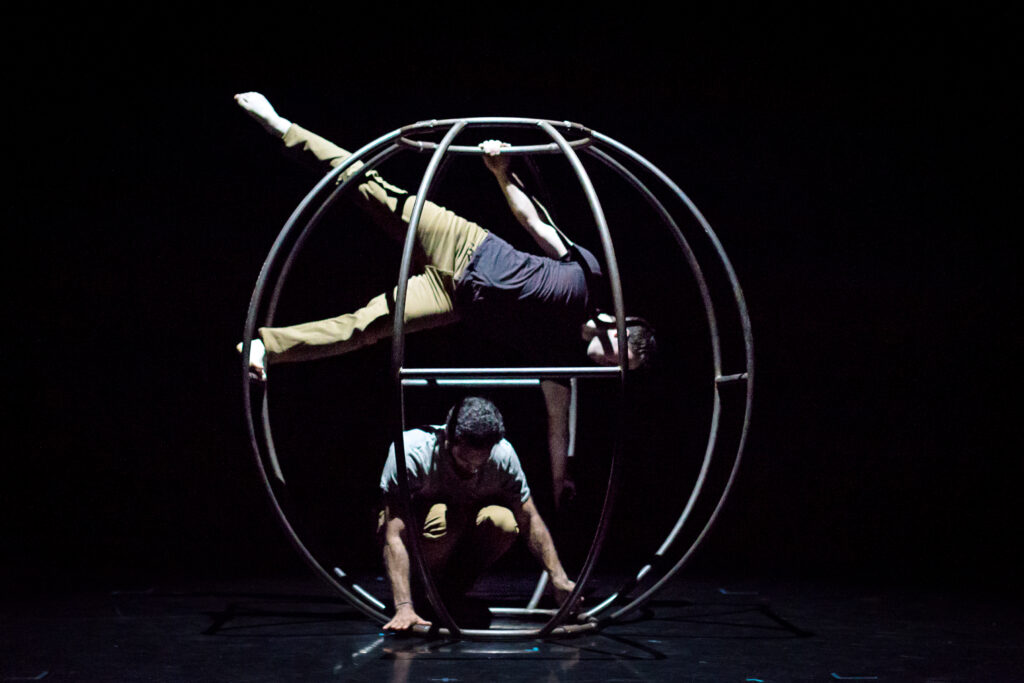
ACDA’s aim has always been to support and affirm dance in higher education. This is particularly important at a moment when dance programs across the country are facing budget cuts—or are being cut entirely. “Having faculty from different schools be able to be resources for each other and share knowledge and experiences is invaluable,” DeFries says.
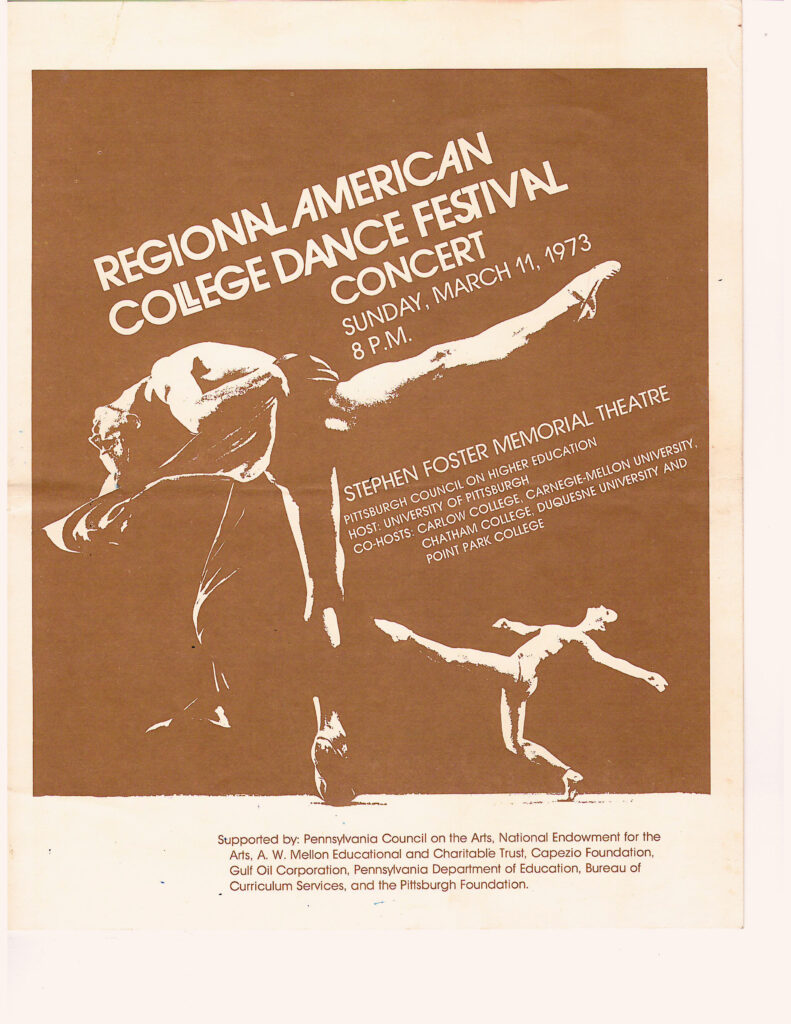
The idea of building networks has been a throughline from ACDA’s inception to its present, and it is integral to its leaders’ vision of what’s next. Beyond fostering community, “how can we be active in advocating for and instigating change in our field?” asks current board president Elizabeth Ahearn, a professor of dance at Goucher College in Baltimore. To that end, in 2022, ACDA adopted a set of core values, touching on themes of service, education, inclusion, respect and equity. “The core values will be a guide for all of our work going forward, from the programming we offer to our interactions with our members,” Ahearn says. “They will help us facilitate creative and physical experiences that can be life-changing. We can be visionary in imagining the future of college and university dance.”
Making New Strides
This year’s National College Dance Festival will go above and beyond.
ACDA’s biennial National College Dance Festival has long been a showcase for what board president Elizabeth Ahearn describes as “truly stunning choreographic and performative work from the upcoming generation of leaders in dance.” This year’s edition, to be held May 26–28, will have even more to offer.
For the first time, the festival will take place on the West Coast. (Most prior festivals have been held at the Kennedy Center in Washington, DC.) A new host means new possibilities: California State University, Long Beach, boasts a venue spacious enough to allow for classes, workshops, auditions and roundtables during the day, with evening performances at the Richard and Karen Carpenter Performing Arts Center.
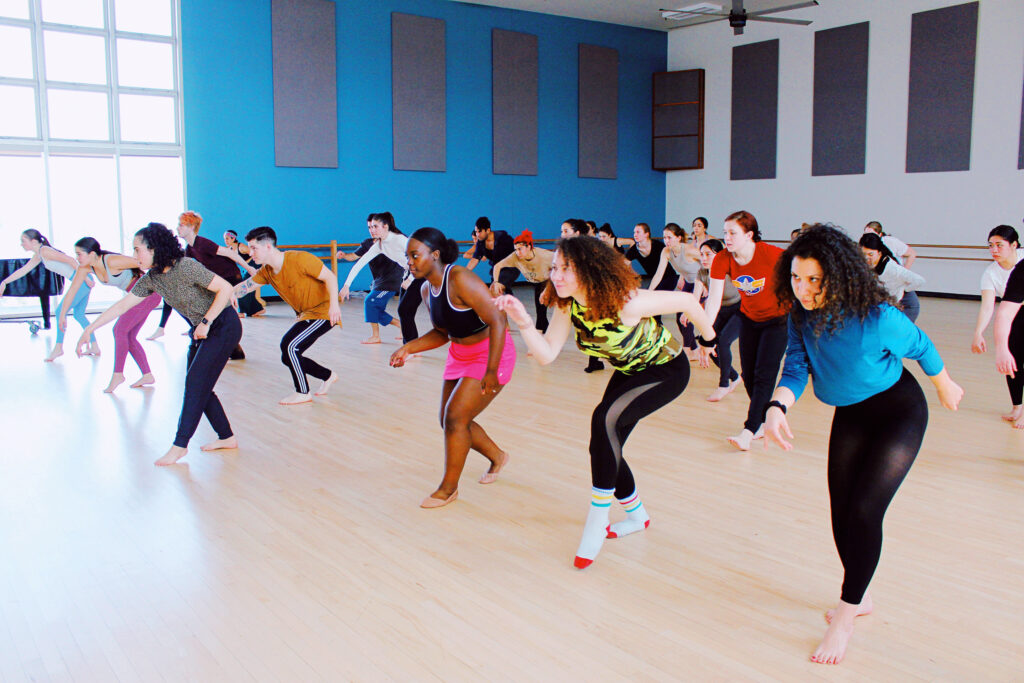
Classes will cover an array of disciplines, including ballet, contemporary, hip hop, jazz, composition, improvisation and—in a nod to ACDA’s 50th anniversary—dance in the 1970s. The festival will also spotlight commercial dance. “Being in Southern California, we wanted to take advantage of the wealth of artists working in that field,” says Diane DeFries, ACDA’s executive director. “So many students are interested in commercial dance as a career path.”
Festival registration is capped at 500 participants. The Carpenter Center’s house seats 1,100. That creates room to broaden the audience beyond the performers’ teachers and peers. “We want to bring in alumni and people who’ve been important in developing ACDA over the decades,” DeFries says. “We’ll also be making tickets available to the public.” In addition to the three gala concerts, the national festival will feature a screendance presentation and an informal performance, along with the presentation of the ACDA/Dance Magazine awards for Outstanding Student Choreography and Outstanding Student Performance.
ACDA hasn’t been able to host a national festival since 2018, due to COVID-19 disruptions, and the organization’s leaders are excited to be back. “Having this extraordinary work and these talented dancers together in one place is really inspirational,” Ahearn says. “We’ve never had the opportunity to do this much, at this scope, and it’s going to be a wonderful celebration.”
